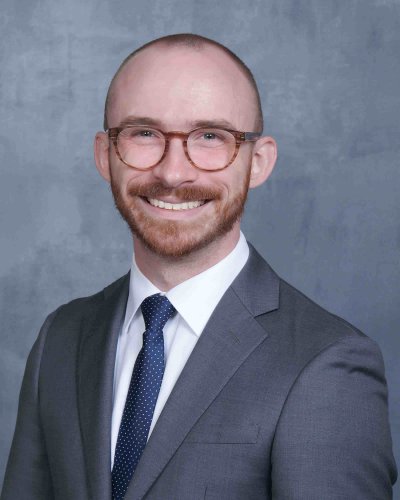As I opened the image my father texted me, I was stunned. He had sent me a picture of blood work he received at an urgent care clinic the night before, and my eyes were immediately drawn to his complete blood count (CBC). Within his CBC was an exclamation mark next to his eosinophil percentage: 24%. I could not believe what I was seeing. In just one moment, I was immediately transported back in time to my family medicine rotation where I met my first patient who suffered from eosinophilic granulomatosis with polyangiitis (EGPA; formerly known as Churg-Strauss Syndrome).
The family medicine physician I was working with during my clinical clerkship enthusiastically greeted me in the morning. He was excited to inform me that one of the first patients of the day was a long-time patient of his with EGPA. I recognized the name of the syndrome and that it was a vasculitis, but that was the extent of my knowledge. I had learned about EGPA for my NBME Step 1 exam; however, I completely and subconsciously purged the information from my mind under the invalid assumption I would never need it. My preceptor went on to emphasize the exceedingly rare nature, severity, and importance this patient with EGPA could have on my education. He encouraged me to research everything I possibly could about this disease to enhance my history-taking, assessment, and planning during my patient encounter. I heeded his advice without the slightest idea the knowledge I learned that day would help my own father one year later.
After the shock of seeing my father’s eosinophil count had subsided, I called him on the phone to ask why he went to urgent care. He told me he was having an asthma attack that was refractory to his home medications and inhalers. He was treated for his asthma and discharged home without any follow-up or reference to his abnormal labs. He also added that he had begun having migratory neuropathies of all extremities over the last month, but he felt confident that was unrelated. His intense eosinophilia, uncontrolled asthma, neuropathy, and history of sinus surgeries were all findings I personally observed and heard from the mouth of my own patient in family medicine with EGPA. I urged him to make a follow-up appointment with his primary care provider to work-up these findings, and three months later, he was diagnosed with EGPA by a pulmonologist and started on aggressive treatment. The diagnosis and treatment of my father’s disease which carries a staggeringly high mortality rate if left untreated was entirely possible because of Sir William Osler’s contributions to medical education.
Osler believed in what he described as the natural method of teaching. In this method, “the student begins with the patient, continues with the patient, and ends his studies with the patient, using books and lectures as tools, as means to an end.”1 Although medical students often underappreciate and take clinical clerkships for granted, this approach has remained a steadfast pillar in medical education across the world for a good reason.2 Osler understood the value of learning through clinical clerkships and the benefits towards retention that accompany this method. I first studied EGPA during my second year of medical school when my focus was on passing exams. After successful completion of these exams, I was no longer internally motivated to retain the information, and the knowledge I gained was gone as quickly as it came. In contrast, I will never forget that first patient I saw who had personally suffered through relapse after relapse of EGPA. When I put my father’s clinical picture together, I was subconsciously painting a picture that lined up directly with the patient I saw one year earlier. As a direct result of Osler’s recommendations and influence, I was able to acquire and apply medical knowledge beyond my expectations.
I am eternally grateful for the preceptor who demonstrated and embodied the principles of Sir William Osler. As a result of his guidance and pedagogical approach, I learned about more than a disease—I learned about the patient who carries that disease. To this day, I remember that patient’s voice. I remember how he was dressed. I remember the emotion in his voice talking about his innumerable hospitalizations. Most importantly, I remember how appreciative I was of my preceptor when my father finally received the answer and treatment to his suffering.
Bibliography
- Osler W. The hospital as a college. In: Aequanimitas, with Other Addresses to Medical Students, Nurses, and Practitioners of Medicine. Philadelphia: P. Blakiston’s Son; 1904:331.
- Bliss M. William Osler at 150: CMAJ. Canadian Medical Association.Journal. 1999;161(7):831-4. https://www.proquest.com/scholarly-journals/william-osler-at-150/docview/204798716/se-2
